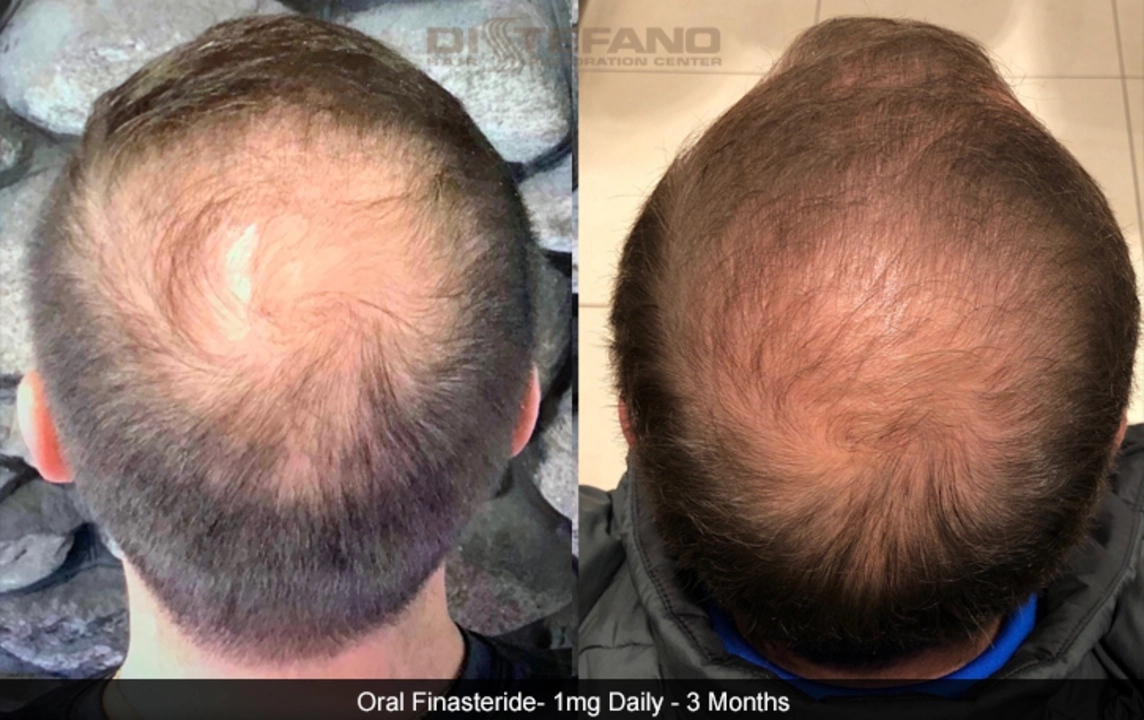Hair loss treatment: real options that can slow loss and regrow hair
Hair loss feels urgent, and you want fixes that work. Good news: a lot of treatments can slow shedding and help regrowth if you pick the right one for your cause. Below I cut through the noise and give clear, practical options, what to expect, and simple next steps.
Fast, everyday treatments you can try now
Minoxidil (topical) is the most common starter option for both men and women. It’s over-the-counter, applied to the scalp once or twice daily. Expect to use it for at least 3–6 months before you notice thicker hair. It can cause mild scalp irritation for some people.
Ketoconazole 1–2% shampoo is a cheap add-on that fights scalp inflammation and can boost results when used 2–3 times a week. It’s not a standalone cure, but it helps keep the scalp healthy.
For men, finasteride is a prescription pill that blocks DHT, a hormone that shrinks hair follicles. Many men see clear benefits after 3–6 months. Be aware of possible side effects like decreased libido; talk through risks with your doctor.
Women often respond well to low-dose spironolactone (prescription) if hormonal sensitivity is a factor. It can reduce hair shedding from hormonal causes, but it’s not safe in pregnancy and needs medical monitoring.
In-clinic and advanced options
Platelet-rich plasma (PRP) injections use your own blood to stimulate scalp repair. It’s done in a clinic every 4–8 weeks for several sessions. Many people report thicker hair after a few months, though results vary and cost can be high.
Microneedling and low-level laser therapy (LLLT) are non-drug options that help with scalp circulation and product absorption. They’re low-risk and can be combined with topical treatments for better results.
Hair transplant surgery is the most durable fix for permanent pattern hair loss, but it’s a surgical option that requires a stable hairline and realistic expectations. Talk to a specialist to see if you’re a candidate.
Drug-induced hair loss (from medicines like some RA drugs) is often reversible. If you started losing hair after a new medication, tell your prescriber — sometimes switching drugs or adjusting doses stops the shedding and hair regrows.
Before starting any treatment, get a basic workup: ferritin (iron stores), thyroid tests, and vitamin D are common checks. Low iron or thyroid issues can block recovery, so treat those first. If hair loss is sudden or patchy, see a dermatologist — you might need scalp biopsy or targeted therapy.
Practical tips: avoid tight hairstyles, cut heat and bleach, eat protein-rich meals, and be patient — most treatments take months to show up. If you’re buying meds online, use licensed pharmacies and require prescriptions to avoid fake or unsafe products.
If you want help deciding which option fits you best, jot down how long you’ve been losing hair, any new meds, and whether the pattern is diffuse or in patches. Bring that list to your dermatologist — it makes appointments quicker and more useful.
Hair loss is fixable in many cases. Start with low-risk treatments, check basic labs, and get specialist input for persistent or sudden loss.
In my latest blog post, I discussed the pros and cons of using Finasteride for hair loss treatment. On the bright side, Finasteride is effective in slowing down hair loss and promoting hair regrowth for many people. However, it might not work for everyone, and some users may experience side effects like decreased libido and erectile dysfunction. It's essential to weigh the potential benefits and drawbacks of Finasteride before deciding if it's the right hair loss treatment for you. Stay tuned for more updates on hair loss treatments and solutions!
View Details

